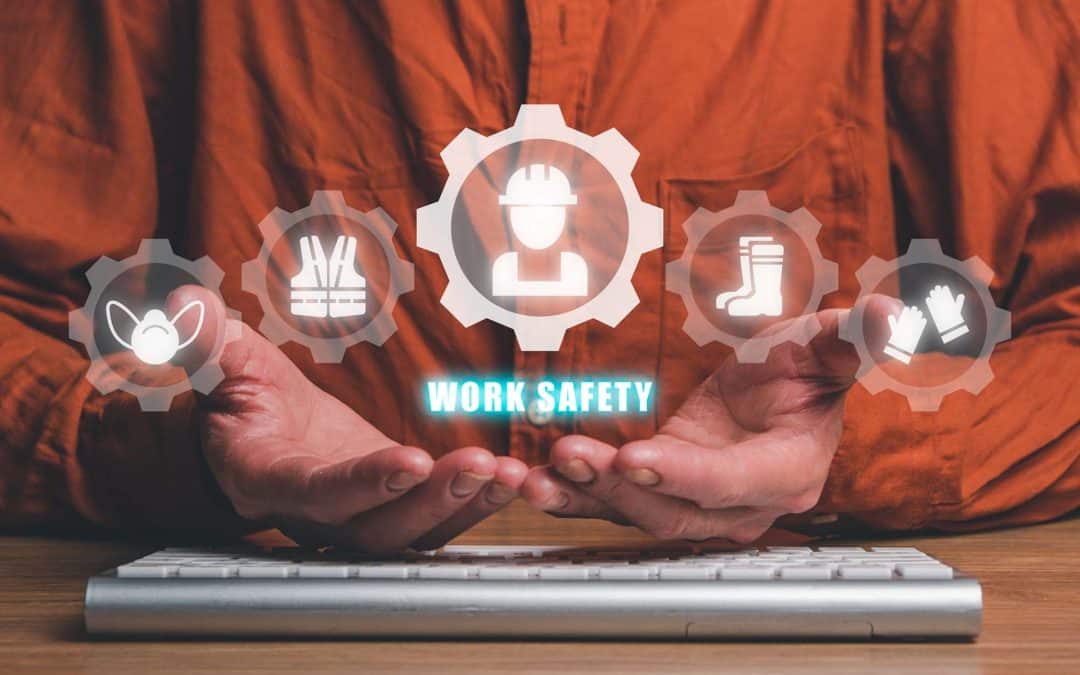In every workplace, the health and safety of employees should be a top priority. To ensure a safe working environment, organizations invest in health and safety representative training programs. These programs empower individuals to effectively identify hazards, promote safety practices, and play a crucial role in accident prevention. In this article, we will explore the importance of health and safety representative training in the workplace and how it contributes to a culture of safety and well-being.
Enhanced Hazard Recognition:
Health and safety representative training equips individuals with the knowledge and skills to recognize potential hazards in the workplace. Through comprehensive training, representatives learn to identify risks specific to their industry, such as hazardous substances, unsafe work practices, or faulty equipment. This heightened awareness allows them to proactively assess the workplace environment and take appropriate measures to mitigate risks. By addressing potential hazards before they cause harm, trained representatives contribute to accident prevention and reduce the likelihood of workplace injuries or illnesses.
Improved Compliance with Regulations:
Workplace health and safety regulations are in place to protect employees and maintain a safe working environment. Health and safety representative training ensures that individuals are well-versed in these regulations and understand their responsibilities in enforcing compliance. Trained representatives can educate their colleagues about legal requirements, advocate for safe work practices, and help organizations avoid costly penalties or legal consequences resulting from non-compliance. By promoting adherence to regulations, training programs foster a culture of compliance and accountability, ensuring that health and safety standards are upheld throughout the workplace.
Effective Communication and Collaboration:
Health and safety representative training emphasizes the importance of effective communication and collaboration among employees, supervisors, and management. Trained representatives learn how to communicate safety policies, procedures, and concerns to their colleagues, ensuring that everyone is well-informed about potential risks and prevention strategies. They also serve as a valuable liaison between workers and management, facilitating dialogue and addressing safety-related issues. This collaborative approach fosters a positive work environment where open communication leads to the timely resolution of safety concerns and the implementation of effective preventive measures.
Swift Incident Response and Investigation:
Accidents and incidents can occur even in the most safety-conscious workplaces. However, health and safety representative training equips individuals with the necessary skills to respond swiftly and effectively to such situations. Trained representatives understand the importance of prompt reporting, immediate response, and thorough investigation of incidents. They can assess the root causes of accidents, identify areas for improvement, and implement corrective actions to prevent similar incidents in the future. By actively participating in incident response and investigation processes, trained representatives contribute to a continuous cycle of learning and improvement, fostering a safer work environment for all employees.
Cultivation of a Safety Culture:
Health and safety representative training plays a pivotal role in cultivating a strong safety culture within an organization. Trained representatives become safety champions, leading by example and promoting safe work practices among their colleagues. They help create a workplace where safety is not just a priority but an integral part of the organizational culture. By consistently demonstrating the importance of health and safety, trained representatives influence the behavior and attitudes of others, encouraging active participation in safety initiatives, and fostering a sense of shared responsibility. A robust safety culture leads to increased employee morale, higher productivity, and a significant reduction in workplace accidents.
Conclusion:
Health and safety representative training is a fundamental investment in the well-being of employees and the success of any organization. By providing individuals with the necessary knowledge and skills, these training programs empower representatives to identify hazards, enforce compliance, communicate effectively, respond to incidents, and cultivate a safety-conscious workplace culture. Through their dedication and proactive approach, trained representatives play a vital role in preventing accidents, protecting lives, and ensuring a healthy work environment for all.

